First de novo designed metal-containing protein that behaves as an artificial metallohydrolase enzyme


First de novo designed metal-containing protein that behaves as an artificial metallohydrolase enzyme
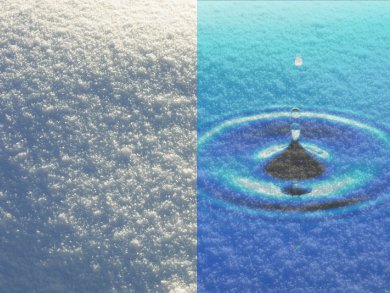
Talc can behave as both a hydrophilic and a hydrophobic material. An explanation for this cohesion-adhesion dichotomy has washed up
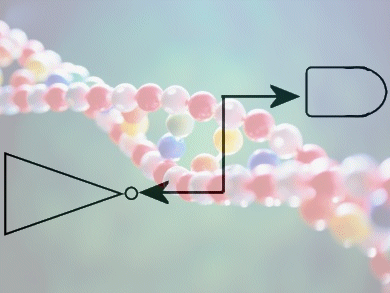
A reversible DNA logic circuit can repeatedly carry out its computational task as inputs change, according to British scientists
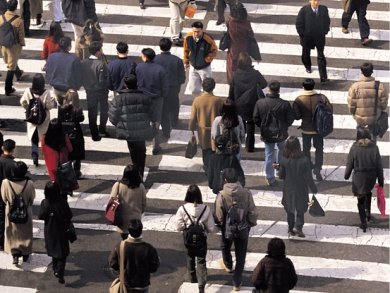
The wisdom of crowds can help improve molecular diversity in a library of potential pharmaceutical candidates
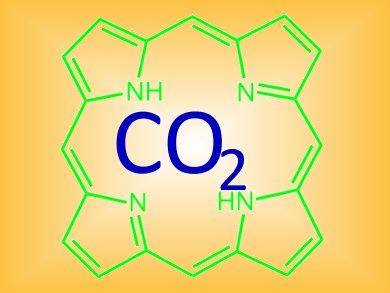
Porphyrin molecules in green plants help convert atmospheric CO2 into sugars, so they could be used to reduce CO2 levels
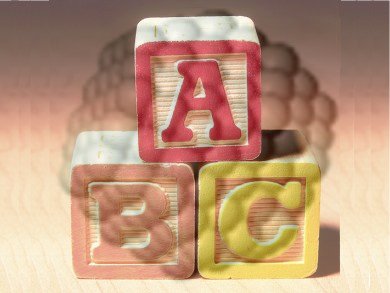
A framework for the total synthesis of nanoparticles using processes analogous to the reactions in a synthetic scheme
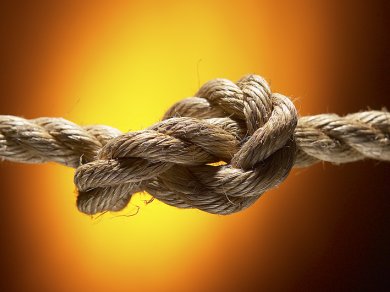
A complex pentafoil knot comprising, not of DNA as were previous knots, but a synthetic organometallic system
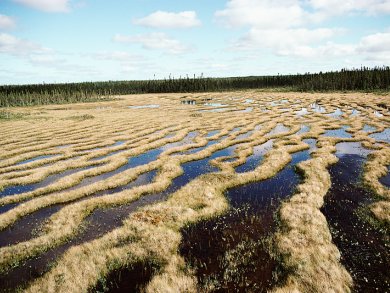
Halocarbon levels in and out of flooded peatland can change depending on temperature and soil moisture levels

New calculations explain why vision uses the 11-cis form of the pigment retinal, rather than any of the other possible forms
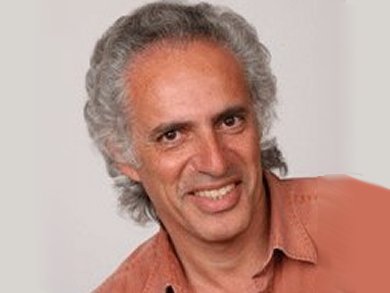
The Periodic Debate has attracted many comments; we speak to Eric Scerri, one of the leading commenters